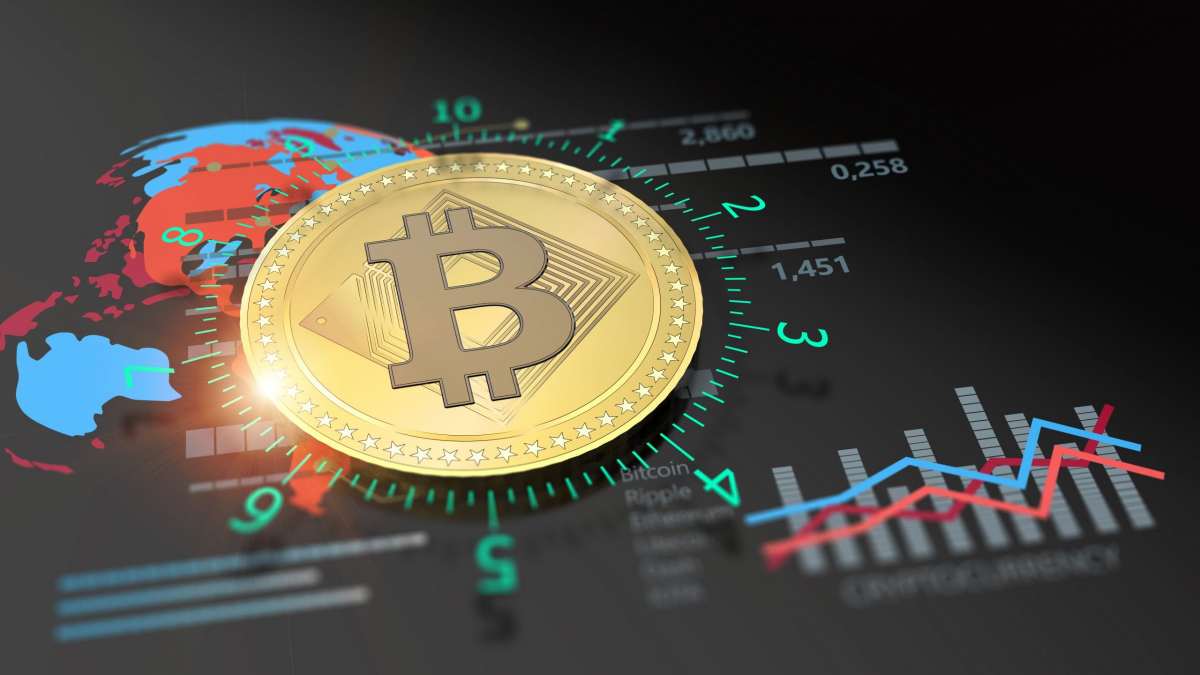
After experiencing the turmoil in 2017, the panic in 2018, and the greed in 2019, after the BTC “halving” again in May 2020, what changes have taken place in the global market this year and a half?
Since March 2020, the market value of gold has risen by 42%, while the market value of BTC has risen by nearly 600%. Thus, gold performed well in the face of potential currency inflation, but BTC performed significantly better.
In March last year, the market value of gold was 60 times that of BTC, but it is now only 9.8 times. Thus, the gap has narrowed sharply in just 18 months. In the next few years, this trend may continue to develop. For BTC, the main goal for the next ten years remains unchanged, to catch up with the market value of gold (about ten times the growth potential).
Recently,Hedge fund billionaire Paul Tudor Jones also stated that Bitcoin is currently his first choice to deal with inflation. It has played a good role in hedging and is winning the competition with gold. In addition, he believes that the newly launched BTC futures ETF is a regulated legal product, but owning physical BTC is a better choice.
Boosted by the Fed’s ultra-loose monetary policy, the market value of other markets has also risen sharply. Since March last year, the global stock market has risen from US$73 trillion to US$96 trillion, an increase of 32%. As a result, the global stock market has absorbed a lot of capital, especially the US stocks, and the valuations of many US companies have been pushed to record levels.
The Fed’s ultra-loose monetary policy has pushed the global money supply from 90 trillion U.S. dollars to 100 trillion U.S. dollars, sending a signal of currency inflation to the global population. The global real estate market value has also increased from 228 trillion U.S. dollars to 290 trillion U.S. dollars, achieving strong growth. Finally, global debt, which had been worrying before the outbreak of the new crown, surged in the past 18 months and now exceeds US$300 trillion.
Public debt in almost all parts of the world is accelerating strongly. The United States has the most significant public debt in the world, exceeding 28 trillion U.S. dollars. According to forecasts, it may reach US$30 trillion in the next few months, and the ratio of debt to GDP is now more than 130%.
The above figures illustrate one point: the market value of various assets will have a lot of room for growth. At present, although the unit price of BTC has exceeded 60,000 US dollars, it seems that there is not much room for upside, but its market value is only slightly higher than 1.15 trillion US dollars. Measured from its benchmark assets, it still has the potential to rise.
If BTC can complete the three stages of adoption, it will become a store of value, a means of payment, and a unit of measurement. Then it may go further after surpassing the market value of gold. Michael J. Saylor (CEO of MicroStrategy) believes that the future market value of BTC is $300 trillion (a wildly exaggerated number). Of course, the specific market value of BTC cannot be predicted. Still, as long as the world moves towards digitalization, the BTC market may become one of the mainstream global assets in the future.
Speaking of predictions, it is not reminiscent of 2009 that the American computer engineer Hal Finney talked freely when BTC was born. The highest price of BTC might reach 10 million US dollars in the future. Although this goal seemed impossible to achieve when BTC was first created, who would dare to imagine that it reached a trillion-dollar market value in just over a decade?
So, what stage is the current development of the encryption industry? According to a report by Crypto.com, as of June 2021, the number of global cryptocurrency users is approximately 221 million (less than 3% of the world’s population). The new era of blockchain, cryptocurrency, DeFi, and NFT are very fresh to most people. 2021 can be said to be the first year for institutions to participate in the crypto industry formally. The crypto industry and the regulatory agencies of various countries’ run-ins have just begun. After the massive adoption of blockchain and cryptocurrencies, the entire industry may reach new heights in the next five to ten years.